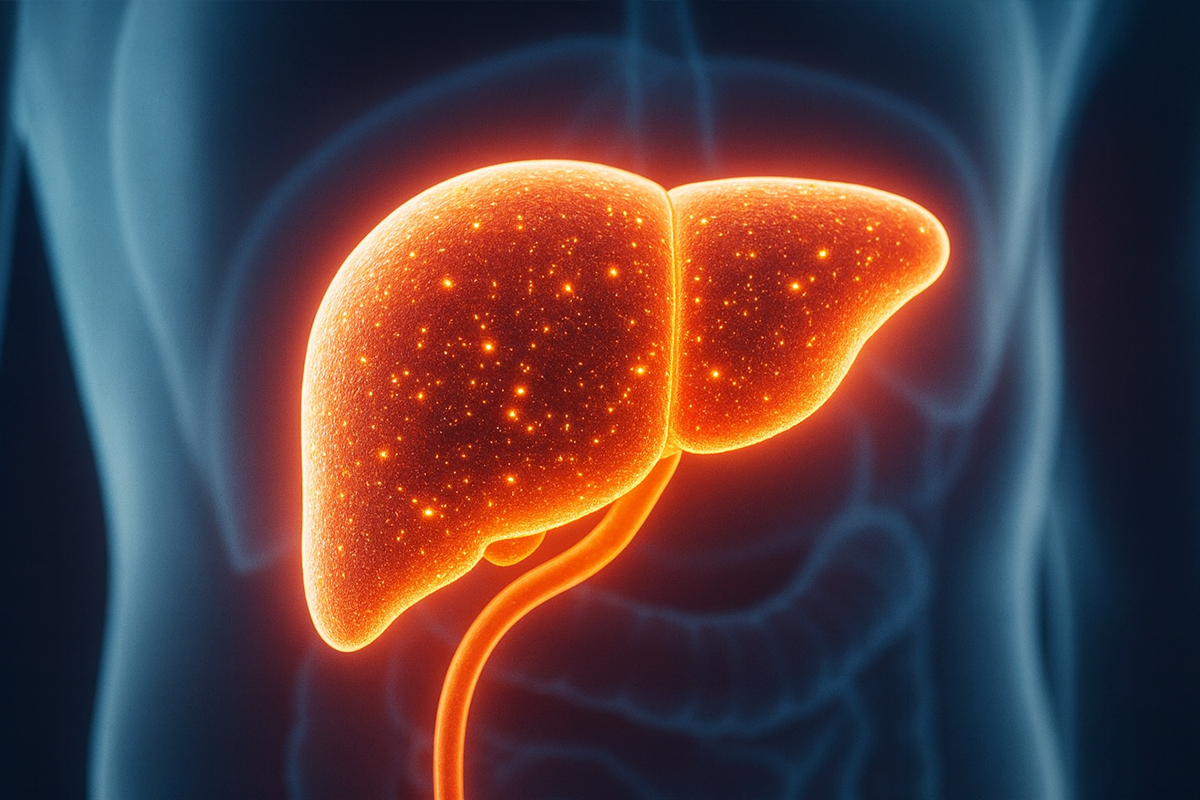Longevity biotech presents data demonstrating therapeutic impact of partial epigenetic reprogramming across multiple biological systems.
Today at the Aging Research and Drug Discovery conference (ARDD) in Copenhagen, longevity biotech Life Biosciences presented new data supporting its strategy of using partial epigenetic reprogramming to address multiple age-related diseases. The company revealed preclinical data from not one but two programs, ER-100 for optic neuropathies and ER-300 for liver disease, both built on its platform designed to reset the epigenetic landscape of aged or damaged cells using a combination of three Yamanaka factors.
By demonstrating its progress in metabolic dysfunction-associated steatohepatitis (MASH) in addition to neuronal repair pathways, Life Bio intends to show that its approach is potentially applicable across a range of age-related conditions, adding weight to the theory that partial epigenetic reprogramming is a therapeutic approach that can be tailored for multiple organ systems.
Longevity.Technology: Life Bio has long been known for its work in ophthalmology – indeed, the company is expected to commence the world’s first human clinical trials of a partial epigenetic reprogramming therapy in glaucoma and NAION early next year. However, the company’s announcement of progress in very different area of the body – the liver – is an exciting new development. To learn more, we sat down with Life Bio’s chief scientific officer Dr Sharon Rosenzweig-Lipson ahead of her presentation at ARDD.
“Since we started talking about our work in optic neuropathies, everyone asks the same questions: Is this just the beginning? What’s next? Where are you going?” says Rosenzweig-Lipson. “So we decided it was time to share more information about what we’re doing, and we’re excited to share some of our MASH data.”
Dr Sharon Rosenzweig-Lipson is Life Biosciences’ chief scientific officer. ‘We can do this in other organs‘
In a mouse model of MASH, ER-300 was shown to improve multiple markers of liver health, suggesting the therapy may be able to address both the biochemical and structural hallmarks of a disease estimated to affect about five percent of the population and known to increase risk of cirrhosis and liver cancer.
“Obviously, the liver is a very different organ than the eye – neuronal retinal ganglion cells versus hepatocytes – so this represents a whole new realm for us,” says Rosenzweig-Lipson. “What’s amazing is the ability to transcend organs with partial epigenetic reprogramming. That’s always been the promise, but delivering on it is another matter. For a long time, we’ve said it’s not just about the eye – we can do this in other organs.”
In the data presented at ARDD, Life Bio showed that treating mice with ER-300 reduced levels of key liver enzymes including alanine transaminase and aspartate transaminase, as well as total cholesterol and bile acids.
“One of the exciting things is that it’s not just one marker that changed, but a whole pattern of markers,” says Rosenzweig-Lipson. “That really caught our attention. Normally, when you deliver AAVs to the liver, you worry about liver toxicity. But instead of toxicity, we’re actually improving liver function in multiple ways. In the MASH model, you typically see increases in liver enzymes, bile acids, cholesterol – all changing significantly from wild type to the disease state. With our approach, we see marked improvements across the board.”
Life Bio also reported the therapy improved non-alcoholic fatty liver disease scores, reduced the percentage of hepatocytes containing fat droplets, lowered liver weight, and lessened overall steatosis.
“So we’re seeing improvements across many dimensions,” says Rosenzweig-Lipson. “What’s also interesting is that all of this happens without affecting body weight. That’s very different from, say, GLP-1s, which improve liver health indirectly by reducing weight. What we’re seeing appears to be a direct effect on the liver itself – which is exciting.”
Liver health has profound effects
Despite the compelling MASH data, Rosenzweig-Lipson says it’s too early to say if Life Bio has settled on liver disease as its second clinical program.
“We’re still refining the best way to move forward,” she says. “I’d say it’s in the discovery stage, but our confidence in this indication has gone way up – I’d now call it a ‘strong’ discovery program. If you want to make a real impact on healthspan, the liver is a great place to start. Making the liver healthy has profound effects on overall health.”
In addition to the MASH data, Life Bio also presented additional data on ER-100 in optic neuropathy models, demonstrating that its reprogramming activity can be well controlled, and that it restored methylation patterns associated with neuronal regeneration pathways in a primate model of NAION, a condition caused by loss of blood flow to the optic nerve.
“It’s a really compelling dataset,” says Rosenzweig-Lipson. “When we looked at which genes were affected, they were exactly the ones you’d expect for neuronal regeneration: nervous system development, generation of neurons, neuron differentiation, neurogenesis, morphogenesis, structural development. In short, the methylation patterns we’re reversing are directly tied to neuronal regeneration.”
And, while it appears the launch of Life Bio’s long-awaited clinical trials of ER-100 has shifted a little since we last spoke to the company, Rosenzweig-Lipson says there is no cause for concern.
“We may have moved out by about a quarter, maybe less,” she says. “We plan to file the IND before the end of the year, and optimistically we’ll be in the clinic in Q1 of 2026.”
